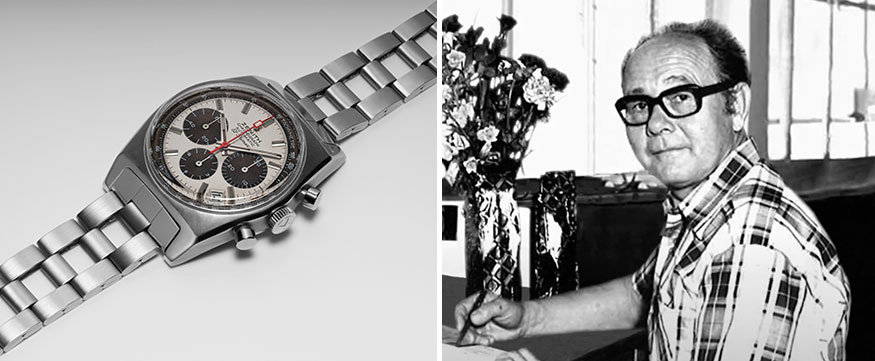It's all in the Timing
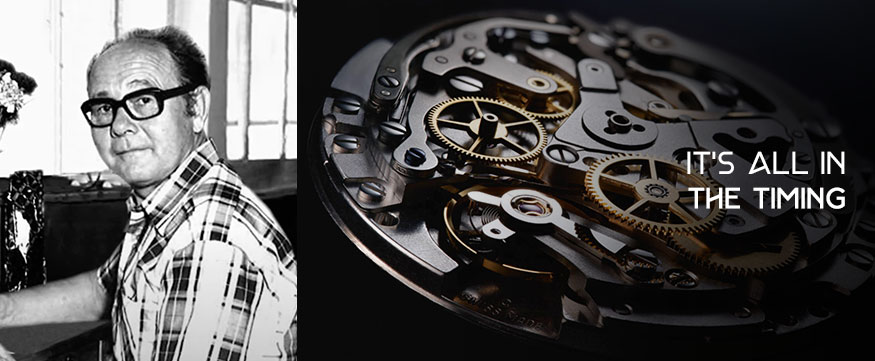
The years 1969 and 1970 were of great significance to the world of watchmaking. 1969 for the race between three watchmaking giants to build and create the world's first automatic chronograph calibre. Just a year later it almost all came crashing down, with the Japanese quartz assault that put the Swiss mechanical watch industry into a near terminal tailspin.
But let's look back at 1969, when the spirit of competition was in the air. The first to the finish line was the Chronomatic Group - a conglomerate of brands that consisted of Heuer, Breitling, Hamilton-Buren and Dubois Dépraz. Racing against time and their opponents, their chronograph movement, the Calibre 11 had several flaws and would eventually be recalled and reworked.
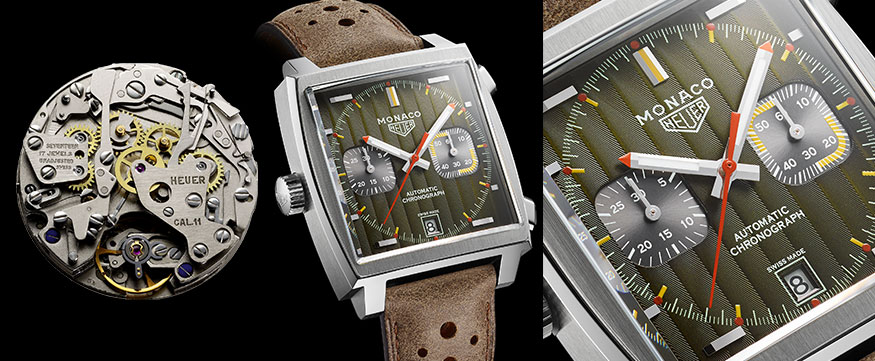
The 1970 Tag Heuer Cadran housing the world’s first automatic chronograph Caliber11.
Seiko came in second but with a far superior movement, that, unlike the Calibre 11, was a fully integrated chronograph. The innovation was considered to be technologically proficient, and I shall attempt to explain why.
While the Chronomatic Group built a calibre which added a chronograph module to an existing standard watch movement, Seiko released a calibre that was fully integrated, which meant it was built from ground up. This included the chronograph, which works as part of the entire movement.
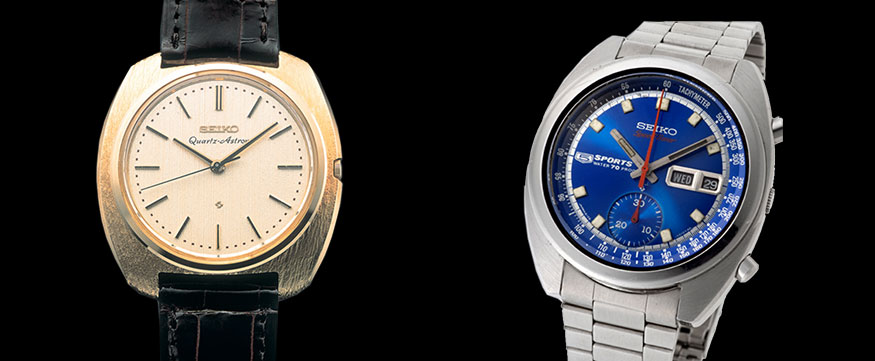
The world's first quartz watch, the 1969 Seiko Astron alongside the automatic chronograph caliber.
However, even with all that effort, their chronograph had no running seconds and only a thirty-minute indicator, and the watch ran at a frequency of 21,600 vibrations per hour (vph).
Then came the mighty, Zenith El Primero. When comparing their inner workings, the Zenith El Primero chronograph had a balance beating at a frequency of 31,600 vph - which enabled the watch to measure time down to 1/10th of a second. The Zenith dial also featured three sub-dials, recording hours, minutes and running seconds. The El Primero did not finish first, but had clearly built the best and most complete movement.
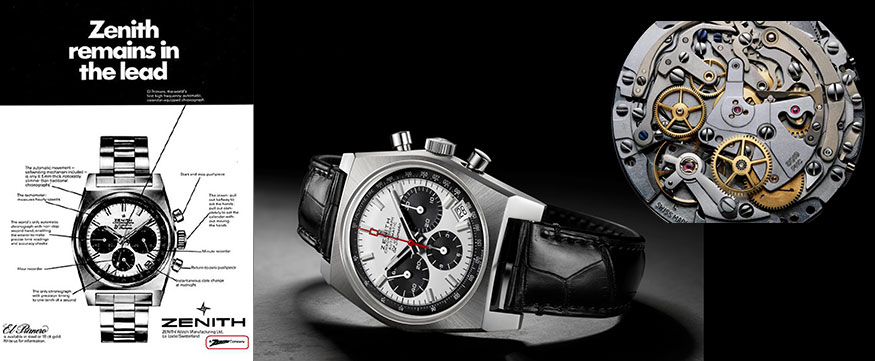
The Zenith A384 that housed the El Primero in 1969.
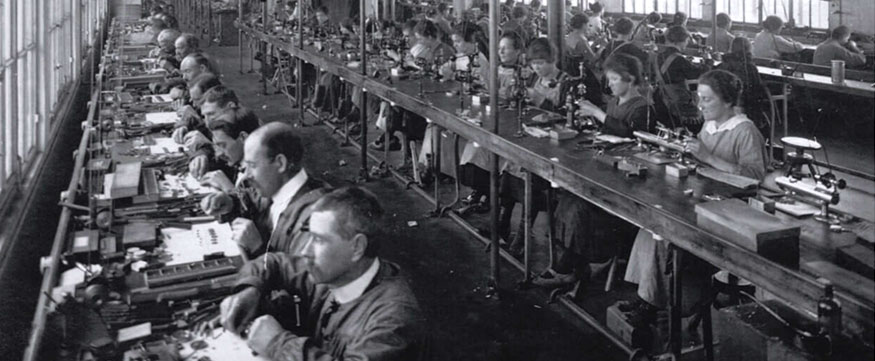
Early image of work at Zenith.
The Japanese quartz industry launched an assault on the world of mechanical watches in 1970 and Zenith reacted with a decision to shut down all manufacturing of the El Primero automatic calibre. They planned instead, to focus their energies into creating quartz watches.
Charles Vermot, who led the team that built the El Primero was asked to destroy all drawings and research material related to it. Luckily, he did not. Over several months, he hid away all data and material related to the El Primero in the attic of the headquarters of Zenith.
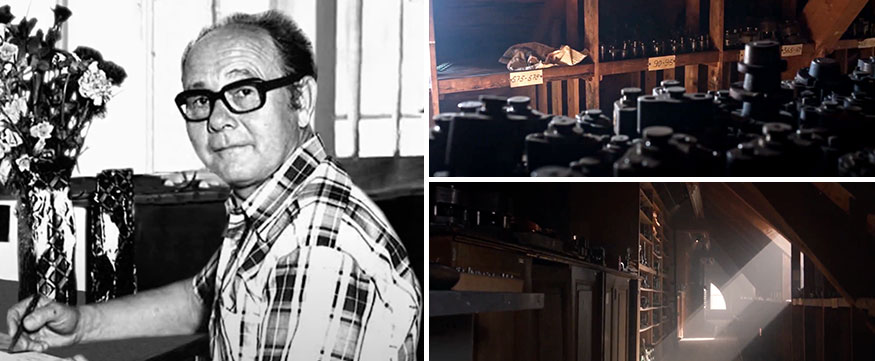
All research material, tools / parts of the El Primero movement hidden away by Charles Vermot in the attic of Zenith headquarters.
The resurgence of the Swiss industry over the next few years meant Zenith's chronograph innovation would finally bear fruit. Several brands decided to release chronograph watches during the 70s and 80s, chief among them was the watchmaking giant - Rolex.
In need of a high end chronograph calibre and Zenith's readily available movement thanks to Charles Vermot's foresight, Rolex signed a ten-year agreement to purchase the El Primero chronograph movement. It would become the engine running under the hood of their Cosmograph Daytona. The Rolex Cosmograph Daytona is one of the most sought after watches today. Rolex now manufactures its own in-house chronograph but it is interesting to note that for a very long time, they used the heavily modified, El Primero.
The El Primero movement was also supplied to brands like Panerai, Bvlgari, Tag Heuer and many more.
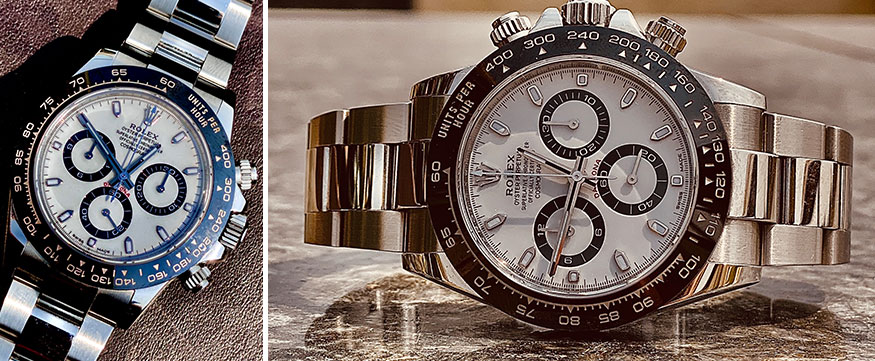
The highly sought after Rolex Daytona that once used a modified version of the El Primero Caliber.
Fast forward to 2020. Zenith offers the world of watch connoisseurs the Zenith Defy Lab chronograph, a limited edition collection. For me, the stand out features of this watch include the movement built with two independent gear trains and escapements, one to tell time and the other to power the chronograph. The independent source of energy to the chronograph escapement enables it's balance (the vibrating heart of the watch) to beat at a staggering 306,000 vibrations per hour. Consequently, the Zenith Defy Lab chronograph can now measure time up to 1/100th of a second - a refinement of nine times over the original El Primero's time measuring capabilities.
The Defy Lab chronograph is testament to the fact that far from resting on the laurels of the original El Primero, Zenith continues to innovate mind-bending movements that shock the watch making world, time and again.
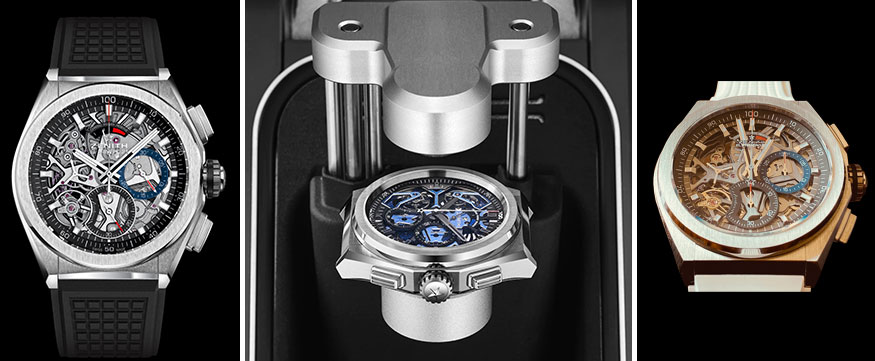
I swam competitively for two decades. During that time, every race was timed using a digital stopwatch. My journey in the pool was forever intertwined with a never ending race against time.
My mind goes back to the late 1960s,to the men who worked tirelessly to win their own race - to build the world's first automatic chronograph. My thoughts resonate with their captain, Charles Vermot and his deep sense of belief in his team's work. A team that refused to surrender in the face of adversity.
This blog is my tribute to them all.
